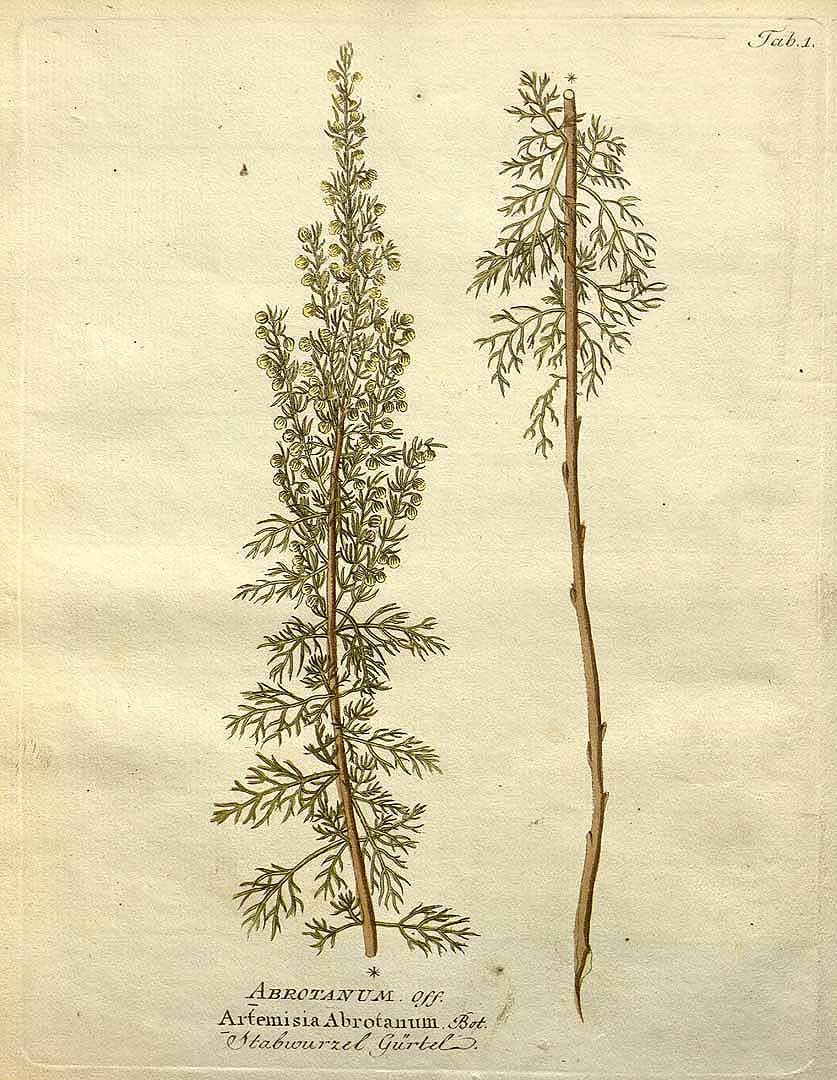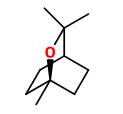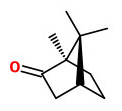Artemisia abrotanum L.- syn.Artemisia procera Willd.; Artemisia paniculata Lam.; Artemisi abrotanifolium Salisb. - Asteraceae
southernwood, ladies love, old man, Eberraute, Eberreis, Stabwurz
Upright, shrubby perennial, 0.30-1m high, native to Southeast Europe, West Asia, naturalized in Europe, North America, cultivated elsewhere; stems woody at the base; leaves green to grey-green, pinnately divided, narrower than 1mm at the tips, tomentose at the lower surface; tiny pale yellow flowers in dense panicles.
„English southernwood is a contraction of southern wormwood; indeed, southernwood can be seen as a Southern (Mediterranean) variant of wormwood… The British name old man also was given in contrast to wormwood, which is known as old woman in some parts of Britain.“
http://gernot-katzers-spice-pages.com/engl/Arte_abr.html
„Its dried leaves are used to keep moths away from wardrobes. The volatile oil in the leaves is responsible for the strong, sharp, scent which repels moths and other insects. It was customary to lay sprays of the herb amongst clothes, or hang them in closets, and this is the origin of southernwood's French name, „garderobe“ („clothes-preserver“).“ http://en.wikipedia.org/wiki/Artemisia_abrotanum
„Artemisia abrotanum has been widely cultivated in gardens for old-time uses such as a fly and parasite repellent. It has had a renewed popularity in xeriscape gardening; it is drought tolerant and can fill difficult garden spaces (e.g., dry rocky slopes). Reports of naturalization may be exaggerated; it is not known to become weedy in any of its known locations in North America.“ http://www.efloras.org/florataxon.aspx?flora_id=1&taxon_id=242304354
From the essential oil from leaves of A.abrotanum about 40 different components were identified by gas chromatography and mass spectrometry. The production of essential oil by the leaves (6-9 μl/g dry weight) did not show any distinct seasonal dependence, main component was 1,8-cineole (20-60%).
[Das ätherische Öl von Artemisia abrotanum L., Vostrowsky, O., Michaelis, K., Ihm, H., Knobloch, K., Zeitschrift für Lebensmitteluntersuchung und-Forschung A, 179(2), 1984, 125-128]
The essential oil of A.abrotanum (0.24-0.38% dry weight) cultivated in Crimea showed 1,8-cineole (33%) and camphor (20%) as main constituents. Other components (above 1%) were camphene, sabinene, γ-terpinene, trans-sabinene hydrate, verbenol, borneol, terpinene-4-ol, α-terpineol, 3(10)-carene-2-ol, methyleugenol, germacrene D, agarospirol, α-eudesmol and α-bisobolol.
[Component composition of essential oil from Artemisia abrotanum and A. dracunculus., Khodakov, G. V., Kotikov, I. V., Pankovetskii, V. N., Chemistry of natural compounds, 45(6), 2009, 905-908]
„The diethyl ether extract of the aerial parts of Artemisia abrotanum L. was analyzed by GC and GC / MS. The main identified constituents were silphiperfol-5-en-3-one A (14.6 %), ascaridole (13.1 %), 1,8-cineole (10.5 %), α-bisabolol oxide A acetate (8.7 %), germacrene D (6.5 %) and borneol (6.0 %).“
[A GC/MS profile of the volatile constituents of the aerial parts of Artemisia abrotanum L.(Asteraceae) from Serbia: short communication. Radulovic, N. S., Blagojevic, P. D., Zlatkovic, B. K., Palic, R. M., South African Journal Of Chemistry, 62, 2009, 30-32]
Infusions of Artemisia abrotanum have been used in traditional medicine to promtoe the flow of gastric juice and bile, and to improve appetite and digestion.
[BI-Lexikon Heilpflanzen und Drogen, Ennet D., Leipzig 1990, „Eberraute“]
Flavonols are primarily responsible for the smooth muscle relaxing activity of a methanol extract of Artemisia abrotanum. „The flavonols show a dose-dependent relaxing effect on the carbacholine-induced contraction of guinea-pig trachea, the EC50 values for compounds 1-3 are 20-30 µmol/l…“
[Spasmolytic flavonols from Artemisia abrotanum., Bergendorff, O., Sterner, O., Planta medica, 61(04), 1995, 370-371]
„…a nasal spray formulation containing an extract characterised by a mixture of essential oils and flavonols from the Artemisia abrotanum L. genotype „Tycho“, appears to be clinically useful and suitable for the prophylactic and therapeutic management of patients with allergic rhinitis and adjuvant symptoms.“
[Characteristics, clinical effect profile and tolerability of a nasal spray preparation of Artemisia abrotanum L. for allergic rhinitis., Remberg, P., Björk, L., Hedner, T., Sterner, O., Phytomedicine, 11(1), 2004, 36-42] http://lup.lub.lu.se/record/141253
„A toluene extract of southernwood (Artemisia abrotanum) and the essential oil from flowers of carnation (Dianthus caryophyllum ) exerted pronounced a repellent effect both against ticks (nymphs of Ixodes ricinus) and yellow fever mosquitoes (Aedes aegypti).“
[Arthropod repellency, especially tick (Ixodes ricinus), exerted by extract from Artemisia abrotanum and essential oil from flowers of Dianthus caryophyllum. Tunón, H., Thorsell, W., Mikiver, A., Malander, I., Fitoterapia, Vol.77(4), 2006, 257-261]

Artemisia abrotanum, Vietz, F.B., Icones plantarum medico-oeconomico-technologicarum, vol.1 t.1 (1800)
http://www.plantillustrations.org/species.php?id_species=91172
Artemisia abrotanum
© Rolf Marschner (2009),
www.botanische-spaziergaenge.at


